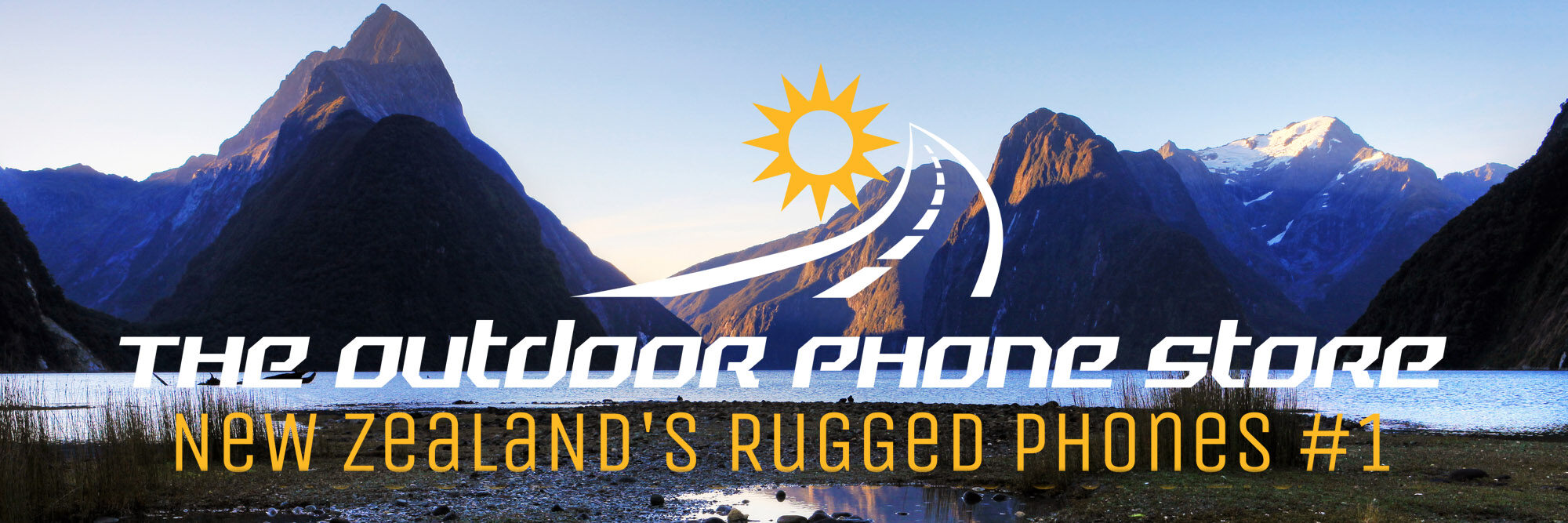 NORTHERN LIGHT
NORTHERN LIGHT
On a long weekend in Montreal, Carol Pucci discovers that there’s a lot more to Canada than maple syrup, cold weather, and beer
New Yorkers call it “Paris without the jet lag.” That’s the U.S. East Coast perspective. I’d been up since 4 a.m. when my flight from Seattle landed around 5:30 p.m. for the start of a four-day weekend in Montreal.
The “Paris” part seemed right as I walked through the airport noticing posters and signs in French.
The effects of a three-hour time change and eight hours of flying time were open questions.
Here was my challenge: Could I leave Seattle on a Thursday, fly across three time zones, discover the best of a city I knew little about and make it back to Seattle Sunday night?
We like Canadians, and Europe is expensive these days. Montreal feels a lot like Europe, without the Euro.
It wasn’t much past lunchtime in Seattle as my taxi crawled along in Montreal’s rush-hour traffic. The time change was working in my favour in a way I hadn’t expected. My two Delta airlines “beverage only” flights had turned the clock ahead on my appetite, and already it was time for dinner.
I used the long flights (four hours from Seattle to Cincinnati and another two hours from there to Montreal) to rough out a three-night, two-day itinerary.
Rather than frustrate myself by trying to see everything, I decided to concentrate on two areas where I could indulge my passion for eating ethnic and exploring street life: Vieux Montreal (Old Montreal), where the city began as a French colony in 1642, and the newly gentrified Plateau neighbourhood at the base of Mont-Royal, a 300-acre plus nature preserve above downtown. Midway between the two neighbourhoods, on the edge of the student-filled Latin Quarter and cafe and restaurant-packed rue Saint-Denis, was the Château de L’Argoat, a 25-room European-style hotel where I’d booked a room after reading favorable reviews from other travelers on www.tripadvisor.com.
It was a lucky choice. I’m not big on renting cars in strange cities. Everything I wanted to do was within a half-hour’s walk of the hotel or two or three stops from a subway station across the street.
East of Saint-Laurent Boulevard, once a dividing line between the city’s English and French-speaking communities, Saint-Denis, about a 10-minute walk from downtown, is lined on both sides with Thai, Tibetan, African, Italian, Middle Eastern and Asian restaurants, Parisian-style cafes and African boutiques.
A rainstorm forced me into a quick decision on dinner. I ducked into the Resto-Bar Citezen, an Asian-fusion restaurant that advertised lichee and orange blossom martinis, and settled into a leather lounge chair near the window. People darted by wearing parkas and carrying umbrellas. For a minute, I thought I was still in Seattle. Then the Japanese waiter greeted me in French, and I felt as if I’d crossed continents. I ordered a shrimp stir fry from a menu written in French with an English translation. Most Quebecois are bilingual, but French is the language of the majority and, as I learned from my waiter, it’s customary to at least begin a conversation in French.
The skies brightened as I set out Friday morning to explore Vieux Montreal and the port, a historic area of cobblestone alleys and gray-stone houses fronting on the Saint Lawrence River.
 Anchored by the art-filled Nôtre Dame Basilica and the waterfront, Old Montreal is a major tourist draw, and I was prepared to regret not having booked a room in one of the boutique hotels along rue Saint-Paul.
Anchored by the art-filled Nôtre Dame Basilica and the waterfront, Old Montreal is a major tourist draw, and I was prepared to regret not having booked a room in one of the boutique hotels along rue Saint-Paul.
I took an hour’s boat cruise on the river for a view of the Biosphere, the giant golf ball-shaped dome designed by Buckminster Fuller that was the United States Pavilion during the 1967 World’s Fair, then settled in for a brie-and-apple crêpe at a café on Saint-Paul. But something was missing. Vieux Montreal lacked a street life. Tourists filled the quaint restaurants and galleries, but where were the locals?
After lunch, I wandered a bit, and followed lower Saint-Laurent through Chinatown and into the heart of downtown where I expected to find a lively business and shopping scene. But panhandlers seemed to outnumber shoppers, and the main drag, rue Sainte-Catherine, was mostly a run-down hodgepodge of sex shops, music stores and souvenir shops. The best stores and most of the people were below the streets and sidewalks. Twenty miles of connecting passageways link subway stations with an underground city filled with theatres, restaurants and shops, some with entrances in unexpected places. Christ Church Cathedral on Sainte-Catherine, for instance, was raised on piles to
lay the foundation for a shopping complex below.
I found the concept more interesting to think about than actually experience. Surely there had to be a real city around here somewhere. On an impulse, I scrapped dinner plans at one of Vieux Montreal’s tony restaurants and took the subway a few stops in the other direction to the Plateau.
Ragtag in parts, gentrified in others, the Plateau is everything Vieux Montreal is not – hectic, disorderly, crowded and multicultural.
Tired from a day of walking, I found M!STO, one of a handful of trendy new restaurants along avenue du Mont-Royal. A pull-down garage door was open to the sidewalk, and I people-watched while eating penne dressed with warm goat cheese and walnuts.
I was panhandled three times as I walked back to the subway station, but I also discovered French flower merchants, Jewish deli owners and Italian produce sellers. The Plateau started out as a 19th-century working-class neighbourhood of Francophones and immigrants, and in the 1960s and ’70s became popular with writers, singers, theatre people and artists.
 Shady side streets lead to renovated two and three-story town-house apartments with wrought-iron balconies and metal stairways built on the exterior to save space inside. On rue Marie-Anne, I found Au Tarot, a restaurant that listed 26 types of couscous. Across the street, Francis Torres, an artist born in Boston and raised in Nigeria, was teaching students how to craft theatre masks from recycled bits of cheesecloth, shells and animal skins.
Shady side streets lead to renovated two and three-story town-house apartments with wrought-iron balconies and metal stairways built on the exterior to save space inside. On rue Marie-Anne, I found Au Tarot, a restaurant that listed 26 types of couscous. Across the street, Francis Torres, an artist born in Boston and raised in Nigeria, was teaching students how to craft theatre masks from recycled bits of cheesecloth, shells and animal skins.
I liked the Plateau more than any neighbourhood I had explored so far, and the next day, I went back for more.
North of avenue du Mont-Royal, the Mediterranean meets the Middle East at the Jean-Talon market in Little Italy. Stalls overflowed with yellow squash the size of bowling pins, bottles of Canadian maple syrup, fresh dates and olive oil. Many of the signs were in Arabic, but much of the chatter I overheard was in Italian.
In the late afternoon, I climbed Mont-Royal on a hiking trail that wound a mile uphill through the woods to an overlook with views of the city and river, then, with a couple of hours to spare, I used my bus and subway pass to double back downtown to the Contemporary Art Museum on rue Sainte-Catherine.
On display was a huge photo called “Naked World” which was shot four years ago by a New York photographer. When I asked about it, an attendant directed me upstairs to the library to watch a four-minute video showing how the artist rounded up hundred of people and convinced them to undress and sprawl nude on the museum’s outdoor plaza.
Saturday evening’s entertainment was a jazz concert at St. James United Church on Sainte-Catherine. As I sat in a pew listening to local blues artist Bob Walsh perform “Amazing Grace,” I thought about the best strategy for trying one of the “Apportez votre vin” (bring your own wine) restaurants I’d seen.
These restaurants don’t charge a corkage fee and seem to exist so owners and customers can avoid the high taxes on alcohol.
“If you’re a restaurant owner, you actually want to operate a place where people can bring their own wine,” one former owner told me. “It attracts a certain kind of clientele.”
After the concert, I grabbed a $6 half-bottle of Chilean Merlot at a subway kiosk and headed back to the Plateau and Au Tarot for couscous. However, I hadn’t made a reservation, all the tables were filled, so I wandered Saint-Denis again and found ChuChai, a vegetarian Thai cafe.
Not sure about the correct local etiquette for transporting wine, I had tucked my bottle in my shoulder bag. Everyone else walked in with a paper sack. A waitress opened my wine and poured a glass. “This is for you,” she said, handing me what I thought was the cork. It turned out to be a screw top. I had bought the wine in such a hurry, I hadn’t noticed.
Next time I’ll go to a liquor store for a proper bottle. I’ll make dinner reservations. I’ll practice my French.
There will be a next time because two days plus travel time wasn’t long enough to do everything. Still, I felt as if I’d been to Paris, certainly, but also Bangkok, London and Rome.
As the French would say, such is la joie de vivre, the joy of life.
IF YOU GO
INFO: Visit Tourisme Montreal at www.tourisme-montreal.org. Ask for a free copy of the Official Tourist Guide 2004-2005.
LODGING: There’s a good choice of chic but expensive boutique hotels in Vieux Montreal, downtown business hotels and moderately priced smaller hotels and bed and breakfasts in the Latin Quarter, Village and Plateau neighbourhoods. For a list, consult Tourisme Montreal or see www.bbmontreal.qc.ca. Rates at the Château de L’Argoat, 524, rue Sherbrooke East, start at $72 for a single and $82 for a double, based on the current exchange rate of $1.03 Australian to the Canadian dollar, plus a 14.5 percent tax. (Fill out a rebate form available at the airport for a refund on the federal portion, about 7 percent.) Rates include breakfast and free Internet service. Call 514-842-2046 or see www.hotel-chateau-argoat.qc.ca
TRANSPORTATION: Having a car isn’t essential. The subway and bus system cover downtown areas and neighbourhoods. A one-day pass is $7.80; a three-day pass is $15.70. Single-trip fares are $2.50.
TRAVELER’S TIP: Most signs, menus, etc. are in French and English, but some are not. Most residents are bilingual, but it’s polite to begin a conversation with a French greeting such as “Bonjour” and end with a “Merci.”







